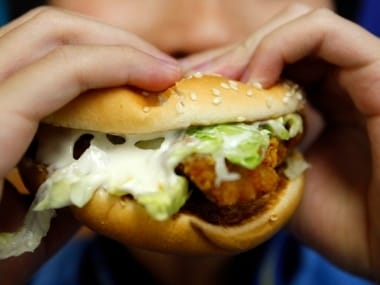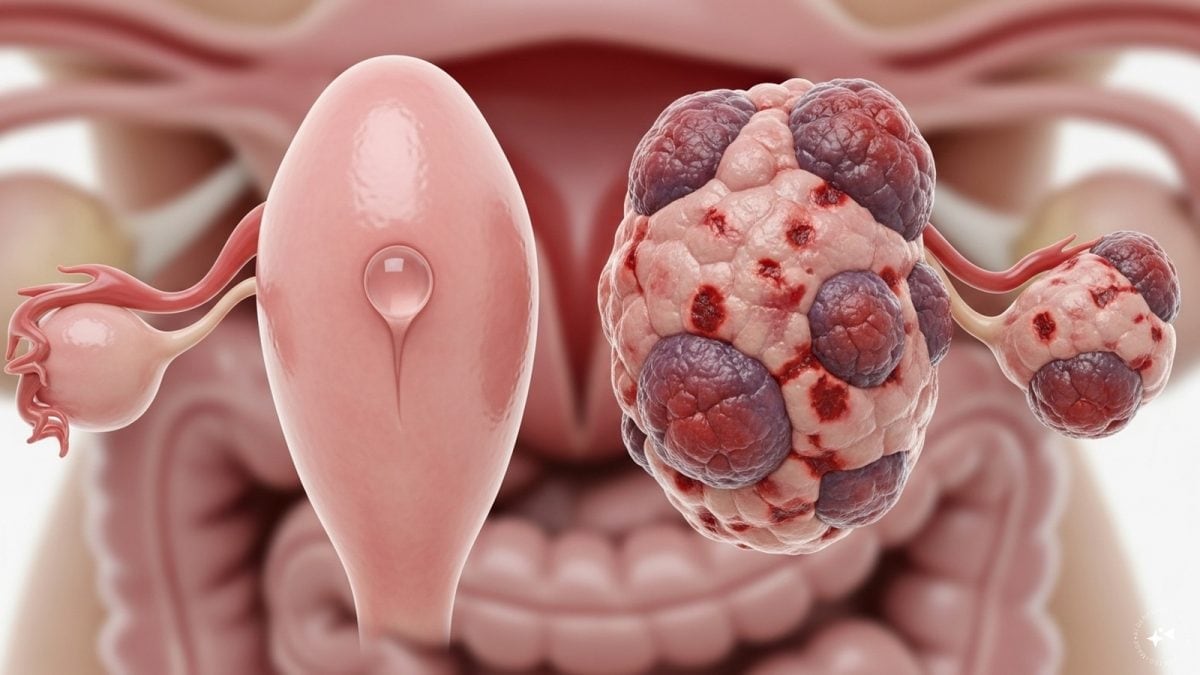Calories are energy. In the right amount, they are gold. Yet most fitness programmes are obsessed with calories, specifically with how to consume less. What these programmes gloss over is that not every person is the same. According to an article in HealthBeat by Harvard Health Publishing, an online resource from Harvard Medical School, your total calorie intake should be based on a number of factors such as your age, height, weight, gender and lifestyle. [caption id=“attachment_6794411” align=“alignleft” width=“380”]  Representational image. Reuters[/caption] In other words, there is no one calorie count that fits all. Also, the number of calories you get from each macronutrient varies greatly. So, how do you decide what works best for you? Here is a starting point. What are calories? Calories are units of energy that your body requires for its everyday functioning. Whether it is roti or fast food, they are present in everything that goes on your plate. The size of the food doesn’t determine the number of calories, of course - one cashew nut has more than 500 calories, while a chappati has fewer than 100. The recommended daily requirement ranges from 1,600-2,400 calories for women and 2,000-3,000 for men. The upper limit is for active people, while the lower limit is for people with a sedentary lifestyle. Also, the daily requirement gradually starts to fall with age - typically after 50 years. The curveball Basal metabolic rate is the number of calories your body actually needs in a day to sustain metabolism - complex chemical processes by which the body breaks down fats, carbs and proteins to get energy. Usually, more active people need more energy, and a less active person needs fewer calories. But it’s not all that straightforward. Studies also show that an overweight person needs more calories to maintain his/her BMI than a person with a leaner build. Health maths The HealthBeat article ‘Calorie counting made easy’ gives one way to calculate the number of calories you need: multiply your weight in pounds by 15 - this is the number of calories you need to maintain your current weight if you are moderately active. If you want to lose or gain weight, increase or decrease the number of calories you consume per pound. Generally, experts suggest a total calorie deficit of 500 to 1,000 calories if you want to lose one to two pounds. Hit that target A rule of thumb is to get 30% of your calories from fats, 50% from carbs and about 20% from proteins. This includes 30 grams of daily fibre intake (raw fruit and vegetables) and saturated (21 grams) and trans fats (3 grams). Proteins and carbs provide 4 calories per gram, while fats give 9. Even after you know the number of calories you need per day, it can be difficult to stay within your daily limit. This is because unless you know the exact number of calories in every meal you eat, it is hard to know just how much energy you are consuming. Eating less or just cutting out one macronutrient — say fats — does not work on its own. The British Nutrition Foundation on its website suggests one way to solve this problem: most of us consume many more calories than we need by eating energy-dense, non-satiating foods. When we’re not full and get hunger pangs, we eat even more. The smart thing to do is eat more filling foods that are low in calories from the get-go. Health articles in Firstpost are written by myUpchar.com, India’s first and biggest resource for verified medical information. At myUpchar, researchers and journalists work with doctors to bring you information on all things health. To know more on this topic, please read Calorie Chart for Indian Food.
Total calorie intake should be based on a number of factors such as your age, height, weight, gender and lifestyle.
Advertisement
End of Article


)

)
)
)
)
)
)
)
)



